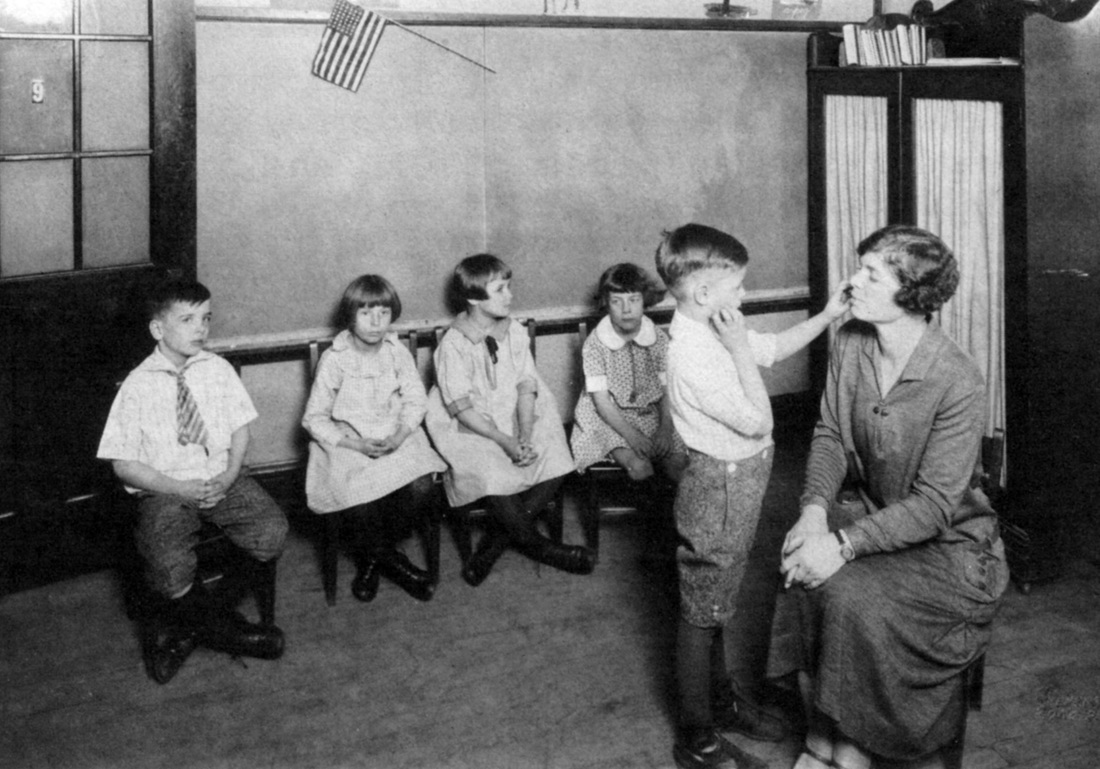🏡ASL Level 5, Activity 08-Family Dynamics Pt.1(Face-to-Face)
Description:
Students will begin by discussing different questions related to their childhood. They will then have an open discussion on Deaf culture and the pros and cons of the signing vs oral methods of teaching Deaf children to communicate.
Products: Eugenics, oralism, education, Deaf culture
Standards
NCSSFL-ACTFL World-Readiness Standards:
- Standard 4.2 Students demonstrate understanding of the nature of culture through comparisons of American Deaf culture and their own.
- Standard 2.2 Students demonstrate an understanding of the relationship between the products and perspectives of American Deaf culture
Idaho Content Standards for World Languages:
- Objective: CONN 2.3 Compare and contrast cultural similarities and differences in authentic materials.
- Objective: COMM 2.1 Understand, interpret, and analyze what is heard, read, or viewed on a variety of topics.
Can-Do Statements
NCSSFL-ACTFL Can-Do Statements:
- I can analyze Deaf experiences from multiple perspectives.
- I can recognize the differences between my own life and others due to different backgrounds.
Warm-up
Materials Needed for Warm-up
- Start with 5-7 minute conversations
- “START TIME 5-7 MINUTE CONVERSATION DISCUSS WHATEVER”
- Review Vocabulary
- EXPERIENCE
- Dominant “half-5” in front of head side near face brushes down twice.
- ORALISM
- Dominant hand shaped double X located in front of mouth, moving in counter clockwise motion.
- TOYS
- Fingerspelled T-O-Y-S.
- PERSONAL
- Dominant hand shaped P located across body to other shoulder, moving in a counter clockwise motion.
- CHILDREN/CHILD
- Left and right hand shapes bent flat. Motion as though patting the air in a downward direction two times.
- EXPERIENCE
- Have students consider these potential differences when answering the following questions as a group:
- What toys did you grow up with?
- “PAST YOU GROW UP TOYS HAVE WHICH?”
- Who was your favorite actor?
- “PAST YOUR ACT PERSON FAVORITE WHICH?”
- Who was your favorite teacher?
- “PAST YOUR TEACHER FAVORITE WHCIH?”
- What was your favorite subject in school?
- “PAST YOUR SUBJECT FAVORITE WHICH?”
- Have you ever broken a bone?
- “PAST YOU BONE BREAK YES NO? YES BONE BREAK WHICH?”
- Who was your best friend?
- “PAST YOUR FRIEND BEST WHO?”
- What was your favorite band?
- “PAST YOUR BAND FAVORITE WHICH?”
- What toys did you grow up with?
- Watch video
Main Activity
Materials Needed for Main Activity
- Talk about the Signing Method and Oral Method with a list of pros and cons for each
- “DEAF COMMUNICATION LIST 2-SIGN, ORAL. GOOD BAD BOTH THINK LIST MAKE”
- Have an open discussion with students on the pros and cons of each method
- If they are leaning towards just pros for one or just cons for the other, encourage them to think outside their perspective and bias to contribute to the other categories
- Add responses to a Google doc or a whiteboard that everyone can see
- Have a natural discussion about what the oral method would look like based on the pros and cons list with these guiding questions:
- What games would a child in this situation play?
- “DEAF CHILD ORAL GAMES PLAY?”
- What kind of friends would a child in this situation have?
- “DEAF CHILD ORAL FRIENDS HAVE?”
- What are some potential dynamics between parent and child in this situation?
- “DEAF CHILD ORAL MOM DAD RELATIONSHIP HOW?”
- What are potential experiences this child would have with the hearing world/Deaf world in this situation?
- “DEAF CHILD HEARING WORLD ORAL HAPPEN?”
- What might you think this child’s academic development looks like?
- “DEAF CHILD ORAL SIGN LEARN GROW HOW?”
- What games would a child in this situation play?
Wrap-up
- How do your answers differ from a Deaf person using the signing method vs the oral method?
- “DEAF CHILD GROW UP SIGN ORAL DIFFERENT HOW?”
Deaf Culture
In 1880, there was a large multi-country conference of Deaf educators called the Second International Congress on the Education of the Deaf. At this conference, a declaration was made by Alexander Graham Bell that oral education was better than manual (sign) education. As a result, sign language in schools for the Deaf was banned. The Congress of 2010 in Vancouver, Canada, announced a formal apology and removed the ban of sign language used in education.
End of Lab:
- Read can-do statements and have students evaluate their confidence
- (Use thumbs up/ thumbs down or have them rate 1-5 on how they feel after the activity)
- Encourage students to be honest in their self-evaluation
- Pay attention, and try to use feedback for future labs!
Can-Do Statements
NCSSFL-ACTFL Can-Do Statements:
- I can analyze Deaf experiences from multiple perspectives.
- I can recognize the differences between my own life and others due to different backgrounds.


